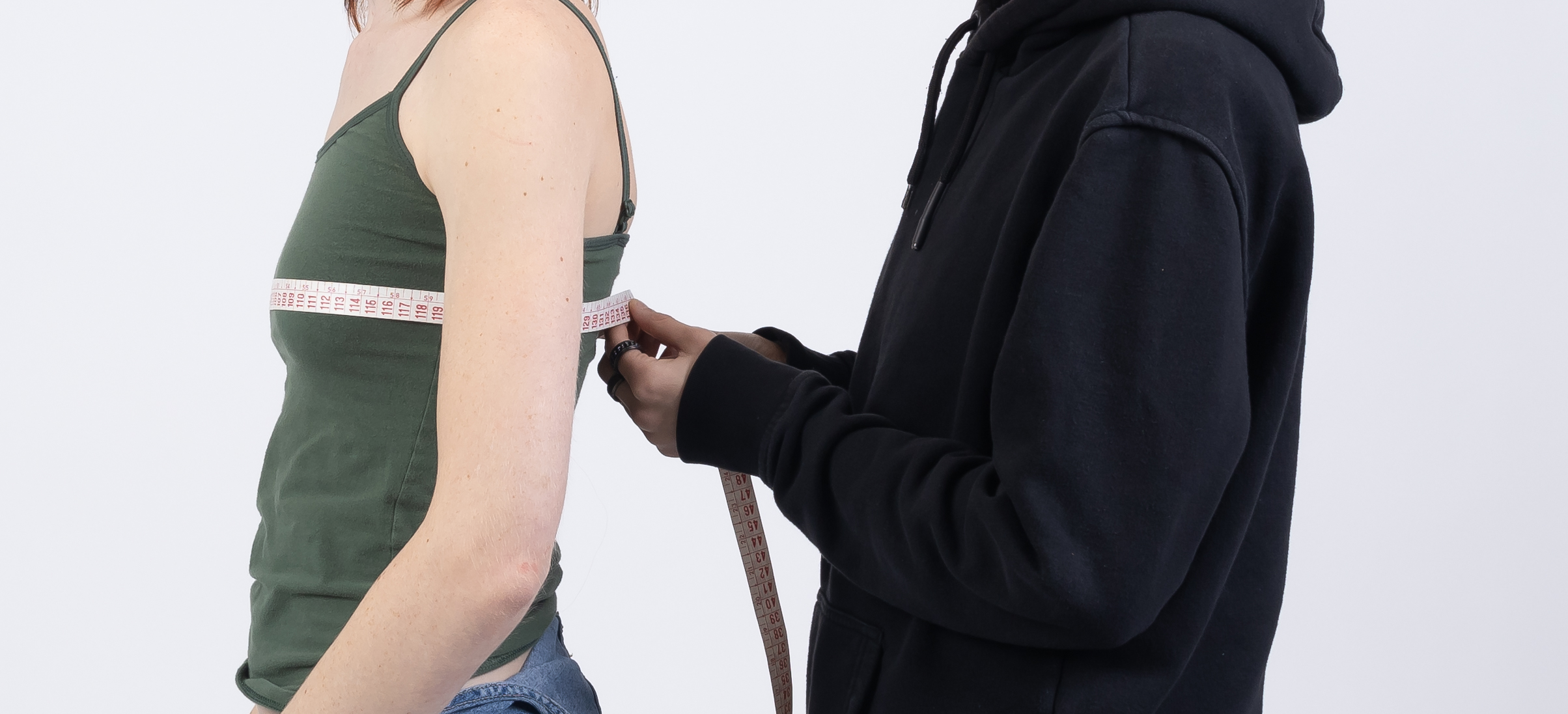What is safe binding?
What is binding?
Binding involves wearing a specially designed garment, called a binder, to flatten the chest. This practice is common among transgender men and non-binary individuals to achieve a flatter chest and reduce gender dysphoria. Binders are created to compress the chest and change its silhouette, helping users feel more comfortable and confident in their bodies. Common terms include chest binders, FTM binders, trans binders, or compression vests.

What is safe binding?
There are various ways to flatten the chest, but not all methods are healthy or safe. For instance, using duct tape is strongly discouraged as it lacks elasticity and can cause rib bruises or even fractures. Additionally, permanent skin tears (striae) can occur. Other issues may include headaches, back pain, fatigue, and breathing difficulties. Studies on chest binding have shown that binding too tightly or too frequently can cause immediate and long-term issues such as numbness, skin changes, or scarring. A study identified 27 potential health issues related to binding.
Why is safe binding important?
Safe binding is crucial to avoid health problems and discomfort. Improper use of binders can lead to respiratory issues, skin irritations, back and chest pain, and even rib fractures. Here are some guidelines for safe binding:
- Choose the right size: Ensure your binder fits well and is not too tight to avoid respiratory issues and other health problems.
- Limit wear time: Do not wear the binder for more than 8 hours a day and avoid sleeping in it to allow your skin and muscles to rest.
- Take breaks: Regularly take breaks from wearing the binder, especially if you experience discomfort or pain.
- Hydrate and care for your skin: Keep your skin clean and hydrated to prevent irritation. Washing the binder regularly can also help avoid skin problems.
- Listen to your body: If you experience pain, breathing difficulties, or other discomforts, remove the binder immediately and consult a doctor.
Conclusion
Binding can be an important tool for transgender men and non-binary individuals to feel more comfortable and confident. However, it is essential to do it safely to avoid health issues. By choosing the right size, limiting wear time, taking breaks, and caring for your skin, you can bind safely and effectively. Curious about how to properly wear a binder? Check out our blog “How to Put on a Binder?”
TransUndeez binders
TransUndeez binders are specifically designed to compress the chest as much as possible while maintaining sufficient elasticity to allow for breathing and preventing skin tears. The trans son of the founder of Transundeez contributed to the development of the perfect model, wearing them for years without experiencing any problems. If you do experience issues, it’s important to discuss them with your doctor or gender team.
For more information and tips on safe binding, visit the TransUndeez website and medical resources and transgender healthcare centers.
May 2024
Sources:



